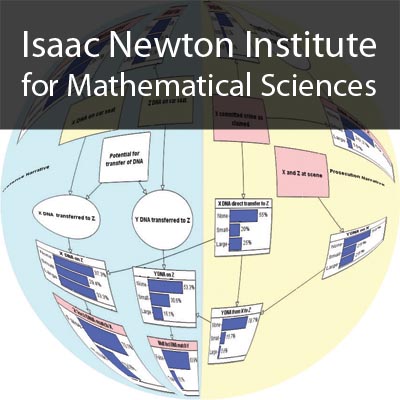Modelling the best evidence
48 mins 22 secs,
88.48 MB,
MP3
44100 Hz,
249.78 kbits/sec
Share this media item:
Embed this media item:
Embed this media item:
About this item

| Description: |
Sue Pope
Tuesday 8th November 2016 - 12:15 to 13:00 |
|---|
| Created: | 2016-11-10 14:58 |
|---|---|
| Collection: | Probability and Statistics in Forensic Science |
| Publisher: | Isaac Newton Institute |
| Copyright: | Sue Pope |
| Language: | eng (English) |
| Distribution: |
World
|
| Explicit content: | No |
| Aspect Ratio: | 16:9 |
| Screencast: | No |
| Bumper: | UCS Default |
| Trailer: | UCS Default |
| Abstract: | This talk will consider the benefits for the courts of maximising the amount of information gained for a result before statistical modelling is carried out, using complex DNA results as an example. Some mixtures of DNA obtained from crime and questioned samples are either too complex or too partial to give meaningful likelihood ratios even with the wider range of calculation software now available. One current option of providing the expert’s qualitative opinion in place of a formal likelihood ratio, while sanctioned by the courts, has been controversial. The time and effort spent improving the amount and quality of DNA being analysed before attempting to carry out specialist DNA mixture calculations will be repaid by achieving a more discriminating likelihood ratio. The relevance of the samples to the evidential issues will also be discussed. |
|---|---|
Available Formats
| Format | Quality | Bitrate | Size | |||
|---|---|---|---|---|---|---|
| MPEG-4 Video | 640x360 | 1.94 Mbits/sec | 704.04 MB | View | Download | |
| WebM | 640x360 | 595.79 kbits/sec | 210.92 MB | View | Download | |
| iPod Video | 480x270 | 522.18 kbits/sec | 184.79 MB | View | Download | |
| MP3 * | 44100 Hz | 249.78 kbits/sec | 88.48 MB | Listen | Download | |
| Auto | (Allows browser to choose a format it supports) | |||||

